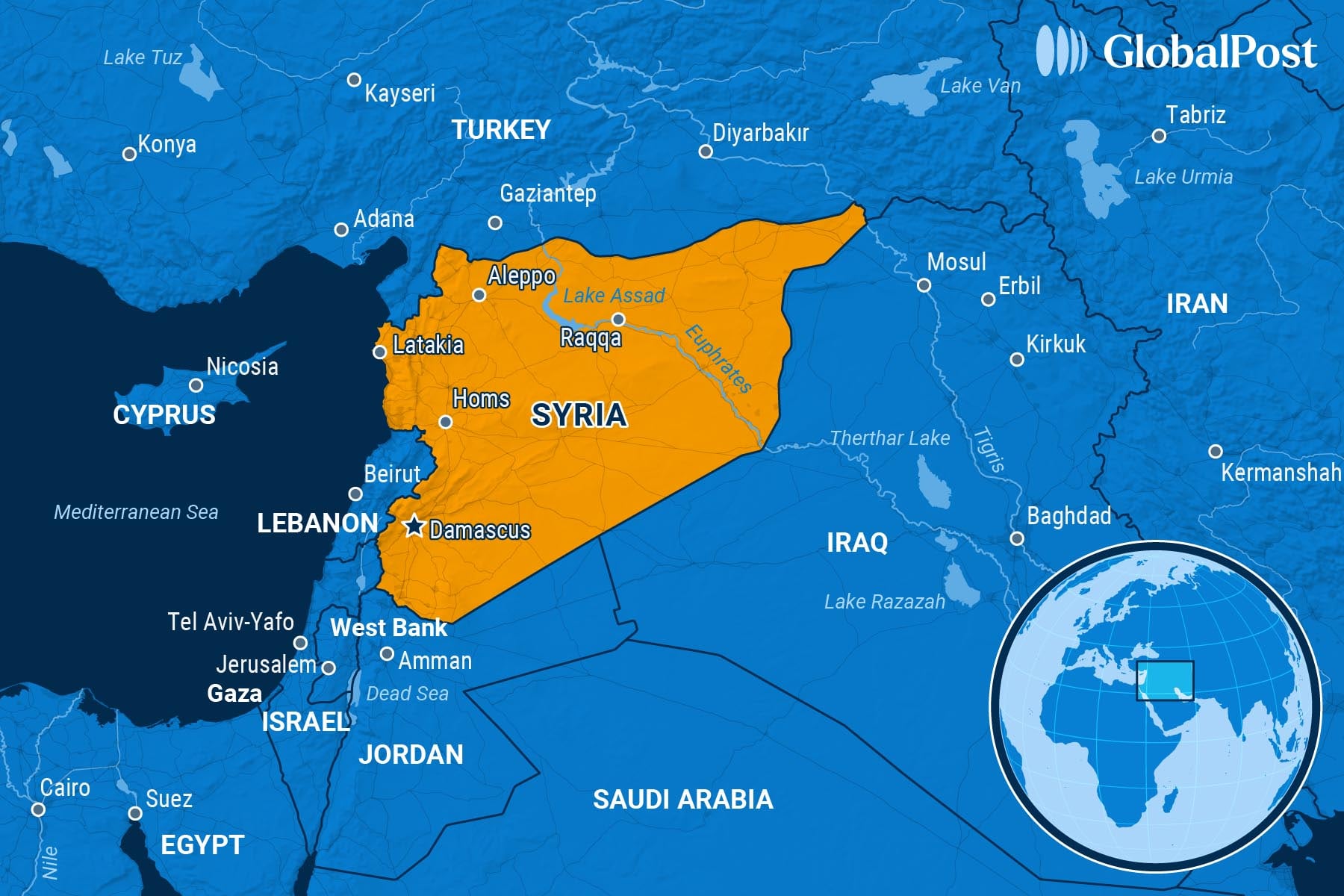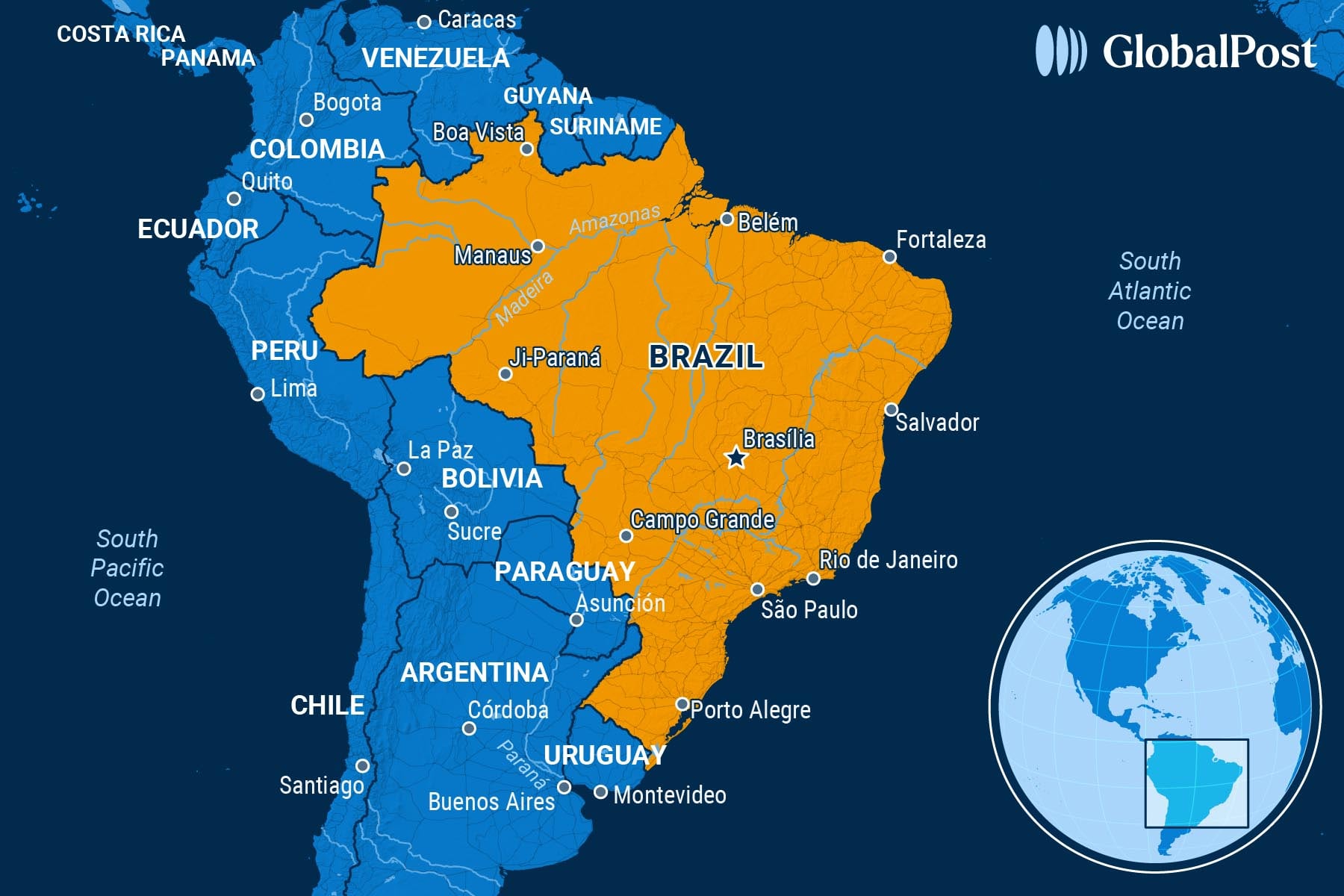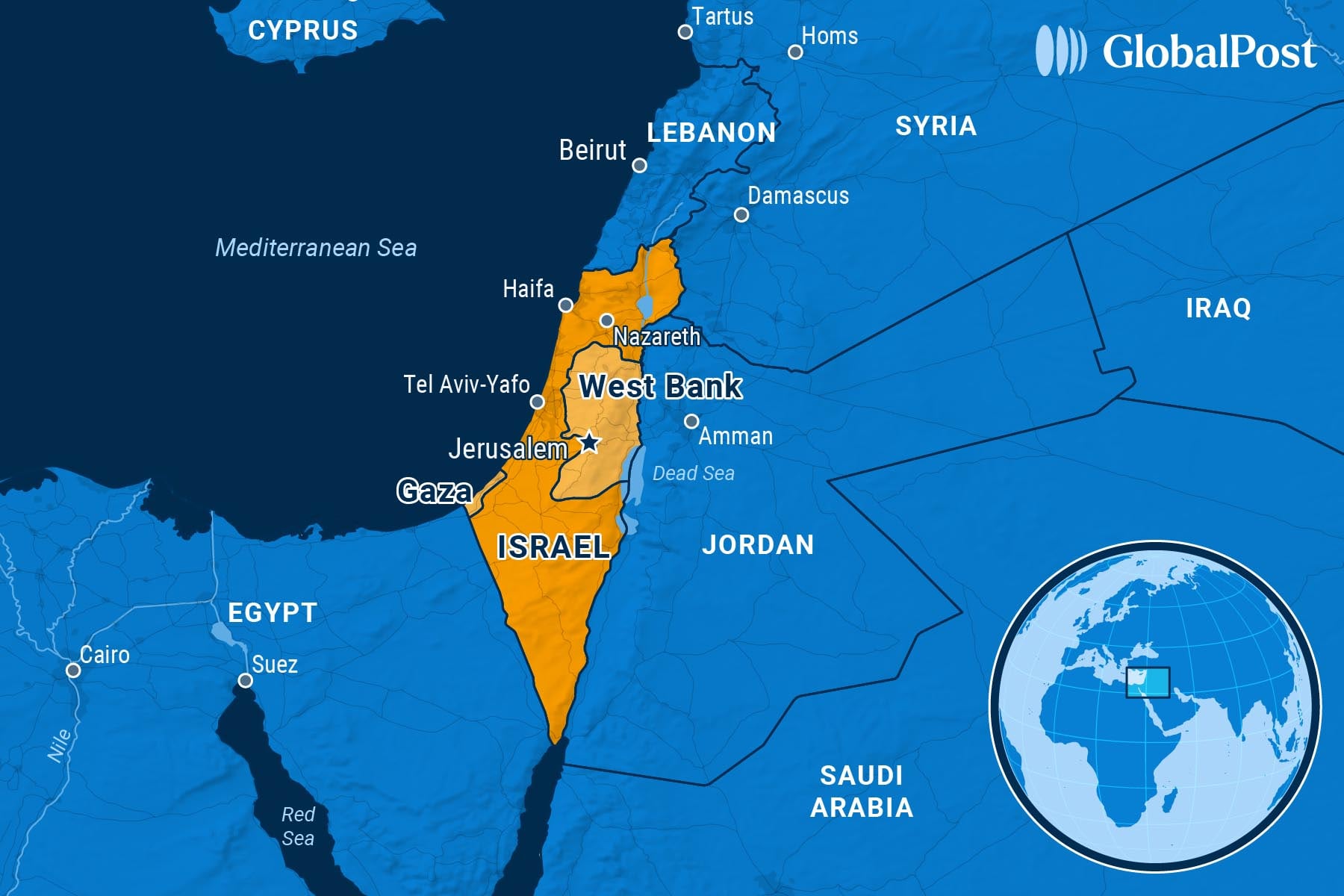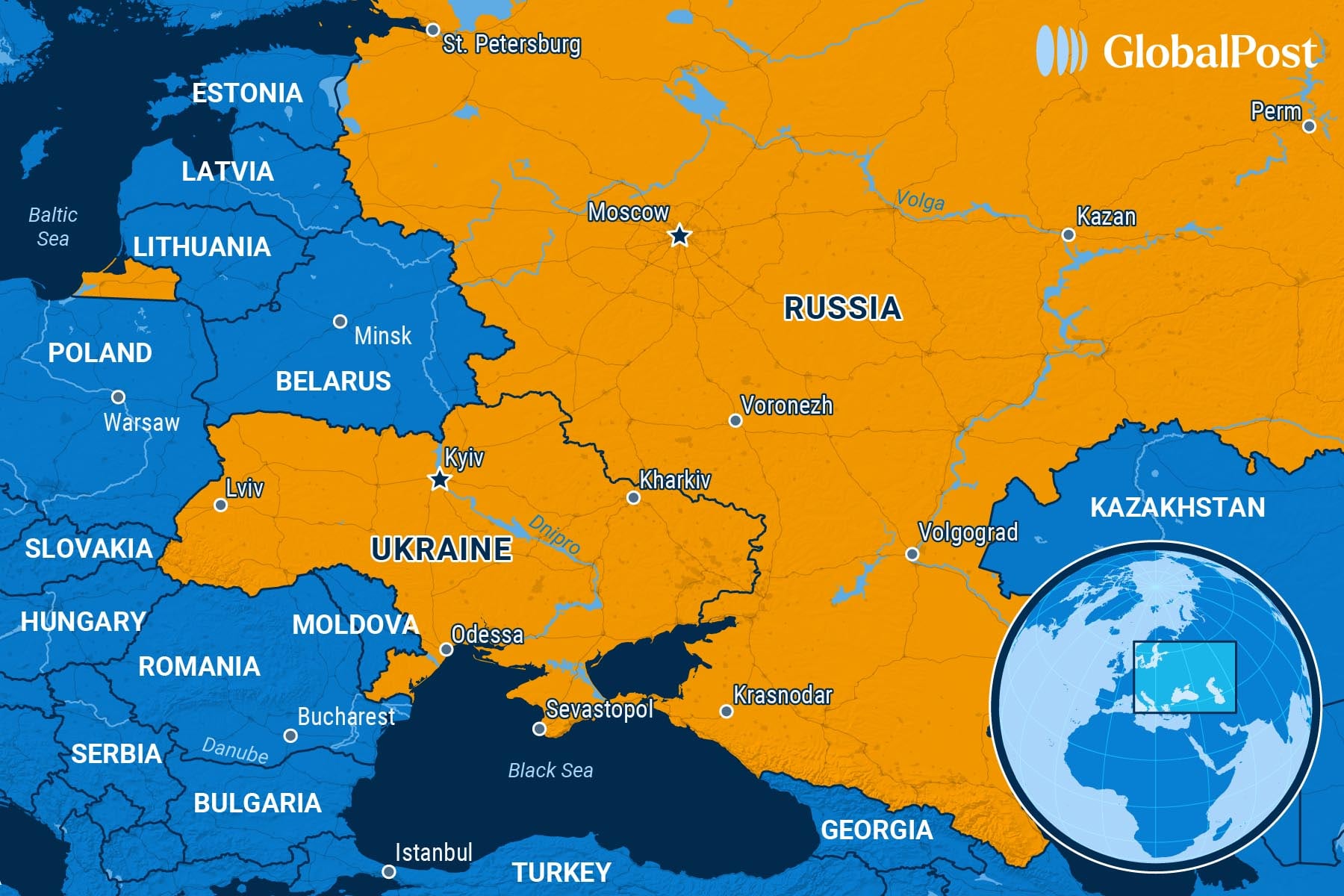Syria Can’t Stop the Violence That Keeps It Stuck in the Past
NEED TO KNOW
Syria Can’t Stop the Violence That Keeps It Stuck in the Past
SYRIA
 Late last month, hundreds of Christian worshippers gathered in Mar Elias Church in Damascus for Sunday services as they have done for years.
Late last month, hundreds of Christian worshippers gathered in Mar Elias Church in Damascus for Sunday services as they have done for years.
On this Sunday, however, a man carrying a rifle entered the church and detonated a bomb, killing himself and 25 others.
The attack, wrote Al Jazeera, underscored how the new Syrian government hasn’t been able to secure the country or protect its citizens, especially members of minority groups. At the same time, Syrian leaders say these attacks are attempts to undermine their efforts to create a new state out of the fragments left by ousted dictator Bashar Assad in December.
“The most important thing is that we remain strong,” said Syrian President Ahmed al-Sharaa. “There are people who are bothered by the national unity that has happened in Syria.”
Since December, militant groups such as Islamic State and others have been attempting to take advantage of the chaos and the fragmentation of the new Syrian state to destabilize the government, wrote the Netherlands-based International Centre for Counter-Terrorism. In the church bombing, the killer was part of a little-known, Islamic State-affiliated militant group called Saraya Ansar al-Sunna.
Meanwhile, the national unity the president speaks of as a done deal is just wishful thinking, analysts say, pointing to increasing outbreaks of sectarian violence and the resistance of some groups to integrating into the post-Assad Syria.
For example, in May, Druze militias clashed with government supporters, mainly Sunnis, for weeks in southern Syria, drawing in Israel, which said it would protect the group. In another, a week-long explosion of violence in March killed more than 1,000 people, including Christians and Alawites, in clashes with government-affiliated forces.
Sunni Muslims make up about 74 percent of the Syrian population, followed by non-Sunni Muslims, including Alawites who comprise 13 percent. Before the war, Christians and the Druze had made up 10 percent and 3 percent, respectively, with some believing those numbers have dropped dramatically.
Still, the new government has also made missteps, analysts say.
After al-Sharaa ousted Assad and took over the country, he promised inclusivity and amnesty to unite the country after almost 14 years of civil war. He promised minorities they would be protected.
Some say he has made an effort, including members of minority communities in his cabinet and issuing an amnesty for former members of the regime, mainly Alawites.
Others say he hasn’t gone far enough.
For example, after he and his Islamist militia, the Hayat Tahrir al-Sham (HTS), took over the country, they dismantled the administration, the army, and the security services, all political parties, and fired most of the civil service. He terminated nearly all Alawites, but not members of other groups.
That’s hardly inclusion, say critics.
Other issues are undermining confidence in the country’s new leadership, too. Under Assad’s terror-filled rule, nepotism and corruption were widespread. Some Syrians say they are dismayed that Sharaa is continuing that practice, filling posts with brothers and other family members: For example, his brother is now the health minister, while another relative runs the capital, Damascus.
These moves, analysts say, undermine confidence in the government, contribute to the chaos, and hinder its attempt to push recovery from the war and more than 50 years of rule by the Assads.
Most Syrians don’t want the old regime back, analysts say, and many are still hopeful that the new government will manage to bring jobs, security, and freedom. But some Syrians say they are becoming increasingly afraid for their safety in the new Syria. As a result, some minority groups are shoring up their defenses, especially the Alawites, who are backed by former members of the Syrian army. The Kurds, who control the northeast of the country, have not yet agreed to be part of the government or integrate their militias into the military. The Druze are continuing to arm themselves, backed by Israeli guarantees for their safety.
Almost all of these communities are also concerned by moves by the president, who was once a jihadist affiliated with al Qaeda, to impose Islamist rules.
Syria under the Assads was secular. Now, some officials have begun imposing a stricter interpretation of Islam: For example, some schools have been changing their curriculum to become more Islamist, and some worry about them segregating boys and girls in the classroom. There are also new restrictions on alcohol and an attempt to close bars. Some now worry about the imposition of Sharia law for all legal matters after the appointment of the justice minister, a Sharia judge.
In June, the government announced new “safety and security” regulations, requiring those using public beaches to cover up: Women are expected to wear a burkini or clothing that covers their bodies, while men are banned from going shirtless outside of swimming areas.
Because of this seeming turn toward conservative Islam and the outbreaks of violence, some Alawites and Christians are considering leaving Syria, even as millions of Syrian refugees abroad mull a return.
However, some Christians, in the wake of the attack, say they are angry and fearful but are determined to stay.
“We’ve survived war, extremism and siege…now, after everything, to be attacked in a church, in prayer, is something else entirely – it’s an attack on our existence,” Danny Makdissi, 25, of Hama, in central Syria, told New Lines magazine.
He described how, since December, things have turned increasingly tense for the Christian community in Hama: “A Christmas tree in Suqaylabiyah was torched, women started getting harassed for simply walking down the street without a veil – that wasn’t how things used to be,” he said. “Still, Syria is our country. We belong here as much as anyone else…It’ll take time for us to feel safe again.”
THE WORLD, BRIEFLY
‘Witch Hunt’: US Threatens High Tariffs on Brazil if Bolsonaro’s Trial Continues
BRAZIL
 Brazilian officials on Thursday said they were outraged by US interference in their affairs after US President Donald Trump threatened to slap the country with 50 percent tariffs for putting former right-wing President Jair Bolsonaro on trial, a move he called a “Witch Hunt,” CNN reported.
Brazilian officials on Thursday said they were outraged by US interference in their affairs after US President Donald Trump threatened to slap the country with 50 percent tariffs for putting former right-wing President Jair Bolsonaro on trial, a move he called a “Witch Hunt,” CNN reported.
“Brazil is a sovereign nation with independent institutions and will not accept any form of tutelage,” Brazilian President Luiz Inácio Lula da Silva wrote in a post on X. “Any measure to increase tariffs unilaterally will be responded to in light of Brazil’s Law of Economic Reciprocity.”
The post was in response to one on Wednesday by Trump, who accused Lula of undertaking a “Witch Hunt that should end IMMEDIATELY!”
Bolsonaro, who has often boasted of his close ties to Trump, is currently on trial for allegedly plotting a coup to overthrow Lula after losing the 2022 presidential election and to murder the current president and other top officials.
He disputes the charges as politically motivated.
Bolsonaro is already banned from running for office until 2030.
Meanwhile, Brazil, which promised to fight back hard against the tariffs, is one of only a handful of countries to stand up to the United States’ threat of tariffs, analysts said.
The reciprocity law allows trade, investment, and intellectual property agreements to be halted against countries that harm Brazil’s competitiveness, according to the Associated Press.
Unlike many other countries facing US tariffs, the impact of Brazil imposing these levies would be felt more in the US: Last year, the US had a $6.8 billion trade surplus with Brazil, and over the past 15 years, the US has had a cumulative trade surplus of more than $410 billion with the country.
Other countries have complained that the US is weaponizing tariffs to interfere in domestic matters.
Earlier this year, the US threatened 25 percent tariffs on Colombian exports, which increased to 50 percent when Colombia refused to accept deportees from the US – Colombia later accepted the deal and prevented the tariffs.
Trump also slapped tariffs on imports from Mexico, Canada, and China, blaming them for contributing to illegal immigration and the flow of fentanyl into the US.
Hamas to Release 10 Hostages Amid Ceasefire Talks
ISRAEL / WEST BANK & GAZA
 Hamas said it would release 10 hostages held in the Gaza Strip as a gesture toward securing a ceasefire deal, following a four-day visit by Israeli Prime Minister Benjamin Netanyahu to Washington this week, focused on ending the 21-month conflict, NBC News reported Thursday.
Hamas said it would release 10 hostages held in the Gaza Strip as a gesture toward securing a ceasefire deal, following a four-day visit by Israeli Prime Minister Benjamin Netanyahu to Washington this week, focused on ending the 21-month conflict, NBC News reported Thursday.
On Wednesday, Hamas said it would release the hostages as part of its “commitment to the success” of ongoing negotiations but did not provide a timeline. The latest Israeli data estimates that 50 hostages remain in the Palestinian enclave, with 28 presumed dead.
The announcement came as Netanyahu met with US President Donald Trump, with the two leaders discussing the war in Gaza, the hostages, and Iran.
The US proposal under discussion outlines a phased ceasefire beginning with a 60-day truce and includes Hamas’ disarmament and Israeli military withdrawals.
On Wednesday, Trump said there was a “very good chance” of a deal within one to two weeks – a view echoed by US Secretary of State Marco Rubio and US envoy Steve Witkoff, who expressed optimism that talks would move forward.
However, top Israeli officials struck a more cautious tone, calling the chances of a permanent ceasefire “questionable,” according to a high-level government briefing shared with Sky News.
Officials told the British news outlet that any long-term agreement would require Hamas to fully disarm – a condition the group has rejected unless Israeli forces withdraw from Gaza.
According to Israeli sources, a major sticking point is the Israeli insistence on the presence of the Israeli Defense Forces (IDF) inside Gaza during the 60-day ceasefire.
A recent Israeli map outlining IDF deployment zones was rejected by both Hamas and Witkoff, who reportedly described it as “like a Smotrich plan” – referring to far-right Finance Minister Bezalel Smotrich, known for his desire to annex Gaza.
Meanwhile, Netanyahu dismissed the prospect of a two-state solution as unlikely “for the foreseeable future,” citing what he called ongoing Palestinian efforts to destroy Israel.
However, Israeli officials said Netanyahu has no territorial ambitions in Gaza. The briefing also addressed the controversial issue of relocating Gaza’s population, with officials saying that Netanyahu believes 60 percent of Palestinians would “choose to leave,” but that Israel would allow them to return once Hamas had been eliminated.
“It’s not forcible eviction, it’s not permanent eviction,” a senior Israeli official told Sky News.
The war in Gaza began on Oct. 7, 2023, when Hamas and its allies launched a surprise attack in southern Israel, killing around 1,200 people and kidnapping 251 others. Israel’s retaliatory campaign has triggered a humanitarian crisis and killed more than 57,000 Palestinians, according to the Hamas-run Gaza Health Ministry.
Amid efforts to broker a permanent ceasefire, the Trump administration on Wednesday sanctioned Francesca Albanese, the United Nations special rapporteur for the West Bank and Gaza, over her calls to prosecute Israeli and US officials for alleged war crimes, the Associated Press added.
US officials condemned Albanese’s actions as “illegitimate and shameful,” while human rights groups denounced the sanctions as a “shameless effort to silence a UN expert.”
European Court Finds Russia Responsible for Human Rights Violations
UKRAINE / RUSSIA
 The European Court of Human Rights (ECHR) on Wednesday found Russia responsible for human rights violations linked to its invasion of Ukraine and the downing of Malaysia Airlines Flight MH17 over Ukraine a decade ago that killed 298 people, the Independent reported.
The European Court of Human Rights (ECHR) on Wednesday found Russia responsible for human rights violations linked to its invasion of Ukraine and the downing of Malaysia Airlines Flight MH17 over Ukraine a decade ago that killed 298 people, the Independent reported.
The ECHR ruled on four cases brought by Ukraine and the Netherlands, marking the first instance in which an international court has adjudicated Russia’s responsibility for the broader conflict in Ukraine dating back to 2014.
The cases include murder, torture, rape, the kidnapping of Ukrainian children, and the destruction of civilian infrastructure. The final ruling combined four complaints, three relating to the separatist conflict in eastern Ukraine that started in 2014, and one concerning alleged breaches of international law following the invasion.
In all the cases, all 17 judges unanimously found Russian forces violated international humanitarian law.
One of the complaints brought by the Netherlands related to the July 2014 downing of Flight MH17, a passenger plane flying from Amsterdam in the Netherlands to Kuala Lumpur, Malaysia, over separatist-controlled eastern Ukraine. The ruling is the first time an international court has held Russia accountable for the incident.
However, the court ruling remains mainly symbolic, as the cases were submitted before the court expelled Russia in 2022, following the full-scale invasion of Ukraine.
Last month, Ukrainian President Volodymyr Zelenskyy approved the creation of a new special international tribunal, a court that would prosecute senior Russian officials for their involvement in the invasion of Ukraine.
Meanwhile, Russia hit Ukraine with hundreds of drones and missiles, specifically targeting the capital, Kyiv, on Wednesday, part of an escalation in the conflict over the past few weeks that includes the largest drone attack of the three-year war, the Washington Post noted.
The attack came shortly after US President Donald Trump criticized Russian President Vladimir Putin and promised to resume weapons deliveries to Ukraine, which were halted recently.
“I’m not happy with Putin, I can tell you that much right now, because he’s killing a lot of people,” Trump said during a Cabinet meeting on Tuesday. “We get a lot of bulls— thrown at us by Putin. You want to know the truth? He is very nice all the time, but it turns out to be meaningless.”
DISCOVERIES
Water Clean-Up Crew
Deep beneath the soil, there is another world, with creatures busy cleaning up nature.
Now, a new study is providing fresh details about this region, part of what is known as the Critical Zone that is essential to the Earth’s “living skin,” where a previously unknown type of microbe helps purify water.
“The Critical Zone extends from the tops of trees down through the soil to depths up to 700 feet,” study contributor James Tiedje explained. “This zone supports most life on the planet as it regulates essential processes like soil formation, water cycling, and nutrient cycling, which are vital for food production, water quality, and ecosystem health.”
Despite its crucial role, the deep Critical Zone remains largely unexplored.
In this huge, mostly unknown microbial world, researchers found a completely different phylum – a term indicating a classification level in biology – of microbes called CSP1-3.
The new phylum was found in soil samples from Iowa and China at depths down to 70 feet. The provenance of the sample was based on the fact that Iowa and China have very deep and similar soils, and researchers wanted to know if CSP1-3 occurrence is general or confined to one area.
Analyzing the DNA extracted from the deep soils, the team found that CSP1-3’s ancestors lived in hot springs and in freshwater millions of years ago. Over time, they went through at least one major habitat shift, first colonizing topsoil and later deep soils.
“Most people would think that these organisms are just like spores or dormant,” said Tiedje. “But one of our key findings we found through examining their DNA is that these microbes are active and slowly growing.”
The newly discovered organisms are not rare members of the community but are dominant, making up 50 percent or more of the community in certain cases, a rare event in surface soils.
Soil acts as Earth’s biggest filter: When water goes through it, it gets cleaned by physical, chemical, and biological processes.
The surface soils, where most plant roots are found, are a relatively thin layer in which rainwater passes through quickly.
Meanwhile, deep soil has a much larger volume, and this is where CSP1-3 microbes come in.
Feeding on carbon and nitrogen that is washed down from the topsoil, they help complete the natural purification process.
“CSP1-3 are the scavengers cleaning up what got through the surface layer of soil,” Tiedje said. “They have a job to do.”

